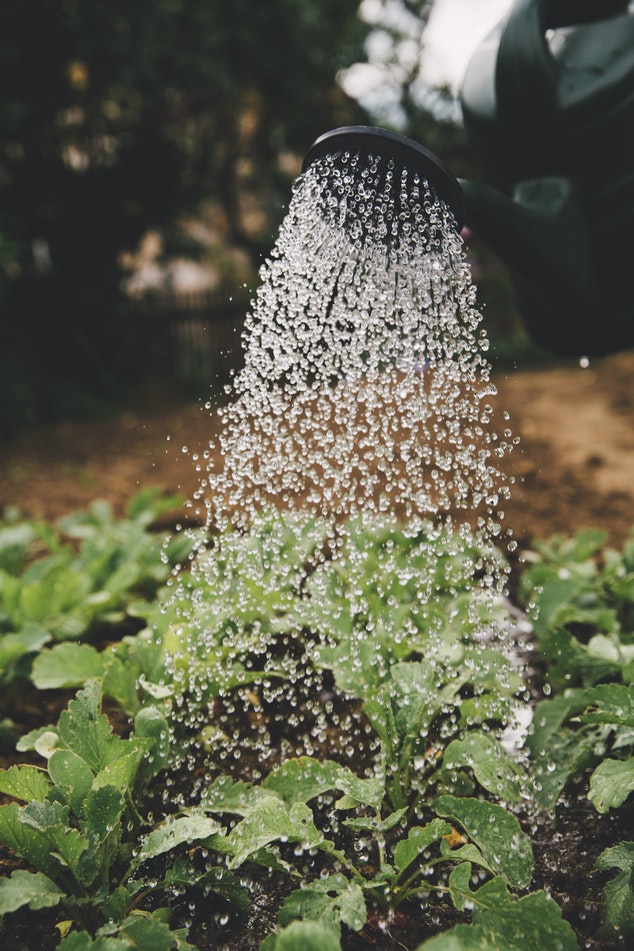We buy food all the time, but at what cost…?
There are lots of great books and documentaries that dive deep into where food comes from – maybe you’ve seen them on Netflix, perused them on your Kindle, or even sat down and turned some pages. I’ve read my fair share of great books and reports focused on food, soil, waste, and sustainability in general. This is the first of several posts where I hope to share some insight into the world of sustainability and convince you to give these excellent books a read.
The first book I chose to highlight explores the journey our food takes from start to finish. Written by Michael Pollan, published in 2006, and winner of the James Beard Award for Writing, The Omnivore’s Dilemma takes readers on an exciting and wildly informative adventure and will leave you craving farm fresh organic meals made from real food not just corn…

The Omnivore’s Dilemma provides extraordinary detail on a multitude of topics all wrapped into the story of Pollan’s travels and experiences on his quest to discover how our food gets from the ground to our tables (or fast food pouches and trays). I could write a blog about every awesome piece of information and each of the true dilemmas presented in the book that we all face each day regarding our food. Rather than spoil the story, I’ve selected a few key ideas and my thoughts on each. I feel it’s important to add, Pollan leaves you full of knowledge but very hungry (yes for food) throughout the book as he works to create a meal by hunting, gathering, and growing food.
If you’re tired of reading this blog and want to skip straight to the book you can purchase it here from Amazon, or visit your favorite book store or eBook provider. You can also visit Pollan’s website to learn more.
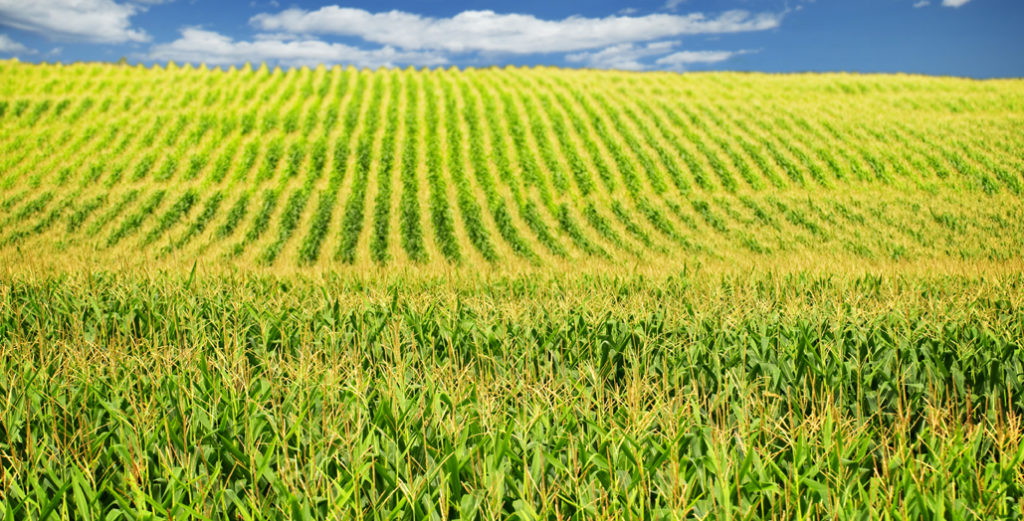
Corn is King
Pollan details the importance and prominence of corn (formally Zea-Mays) in our food and within the industrial food economy. The rise of corn (as we know it today) from a native grass in central America to a staple in diets all over the world (both directly and indirectly via corn’s many processed forms) has forever shaped modern agriculture and the food we eat. Later, he details the ways in which corn is used to feed and raise cattle and other animals destined to become cheap meat. All of this, of course, comes at a steep cost and is ultimately made possible by petroleum.
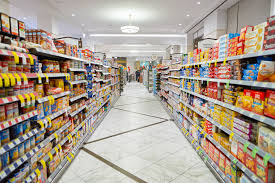
The True Costs of Food
For some food isn’t much of a worry, for others food or the lack thereof is a concern. Notably, more than 11% of Americans are food insecure according to the USDA. Unfortunately, food isn’t only costly if you struggle to afford it… and the true costs of the food we eat will likely surprise you.
Pollan candidly explores the ‘true costs’ of the food we eat. Corn is a part of nearly half of the food we consume. If it isn’t made of corn, it was probably fed corn. Animals are grown into protein converting machines, to provide us, the consumers, meat at the lowest cost (but is the cost truly so small?). Pollan explores the real costs of “cheap food”. The American agricultural system has shifted away from the family farm and now relies on industrial agriculture to feed the masses. Producing corn on an industrial scale requires genetically modified seed to maximize the yield of each acre. Chemicals, GMOs, and astonishing amounts of oil and fuel must be used to turn a kernel of corn into a cheap (and remarkably subsidized) commodity. Because corn is the cheapest source of protein, industrial animals are fed diets of corn rather than the grasses, etc. they evolved to consume. This results in the need for intensive use of antibiotics. Using cattle and feedlots as an example, the production of beef cattle has turned away from an environmentally beneficial process to one that harms the animal, the environment, and ultimately the consumer.
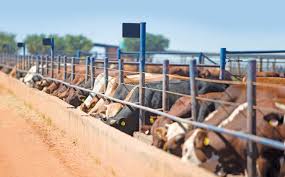
Out of Sight
Another point Pollan makes is more subtle, yet hopefully we all take notice: where our food comes from is largely out of sight.
Throughout the book he seeks to trace where exactly our food comes from. From a corn field in Iowa, to a feedlot in Kansas, and ultimately to our plates. Though the process of growing corn on a farm then using the corn to feed humans (or to feed animals that will eventually feed humans) appears simple, there are several factors which remain out of sight even to those who search for them. The policies that govern industrial agriculture and subsidize farmers to keep production and farms working are made in cities far from the farms and products they effect – often behind closed doors and influenced by corporations rather than public interest (or health).
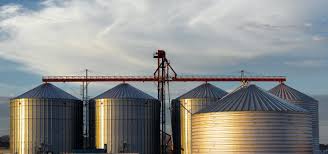
Modern agriculture itself is largely out of sight for most Americans. Unless you live in a rural, agricultural city or town – most people will never see where their food comes from lest a glance out the window at a corn field as they fly down the interstate. This is especially true when meat, eggs, and other animal food products are concerned. The production of animals (cattle, chickens, pigs, etc.) for meat is almost entirely out of sight – and for good reason. Most of us likely wouldn’t want to see how these animals are grown, and slaughtered, in the quest for cheap meat. Because of this, the corporations in control of this segment of the food industry operate out of sight, and in private, and thus predominantly out of sight and out of mind for the typical consumer.
We care about how and where our clothes, cars, and cellphones are made. Shouldn’t we hold the food we consume to nourish our bodies to the same standard?
The idea that “beef is beef”, “chicken is chicken”, “eggs are eggs” has become ingrained in our minds… often the only consideration when buying food is “how much does it cost”.
Pollan’s exploration of where our food comes from, and how it is grown/raised challenges the reader. Is all beef equal? Are free range chickens really “free”? Is organic better? What does organic mean? What are the true costs of the food we eat? And most importantly, how does the food we eat impact us, our children, and our families?
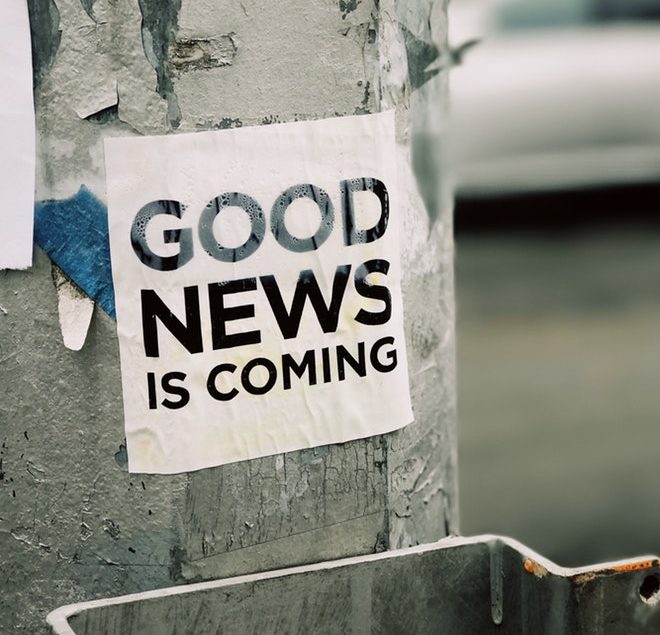
The Omnivore’s Dilemma informs with tremendous detail and not only supports positive change, but inspires it.
Pollan’s story will keep you hooked and turning pages from start to finish and you’re certain to learn something new.
